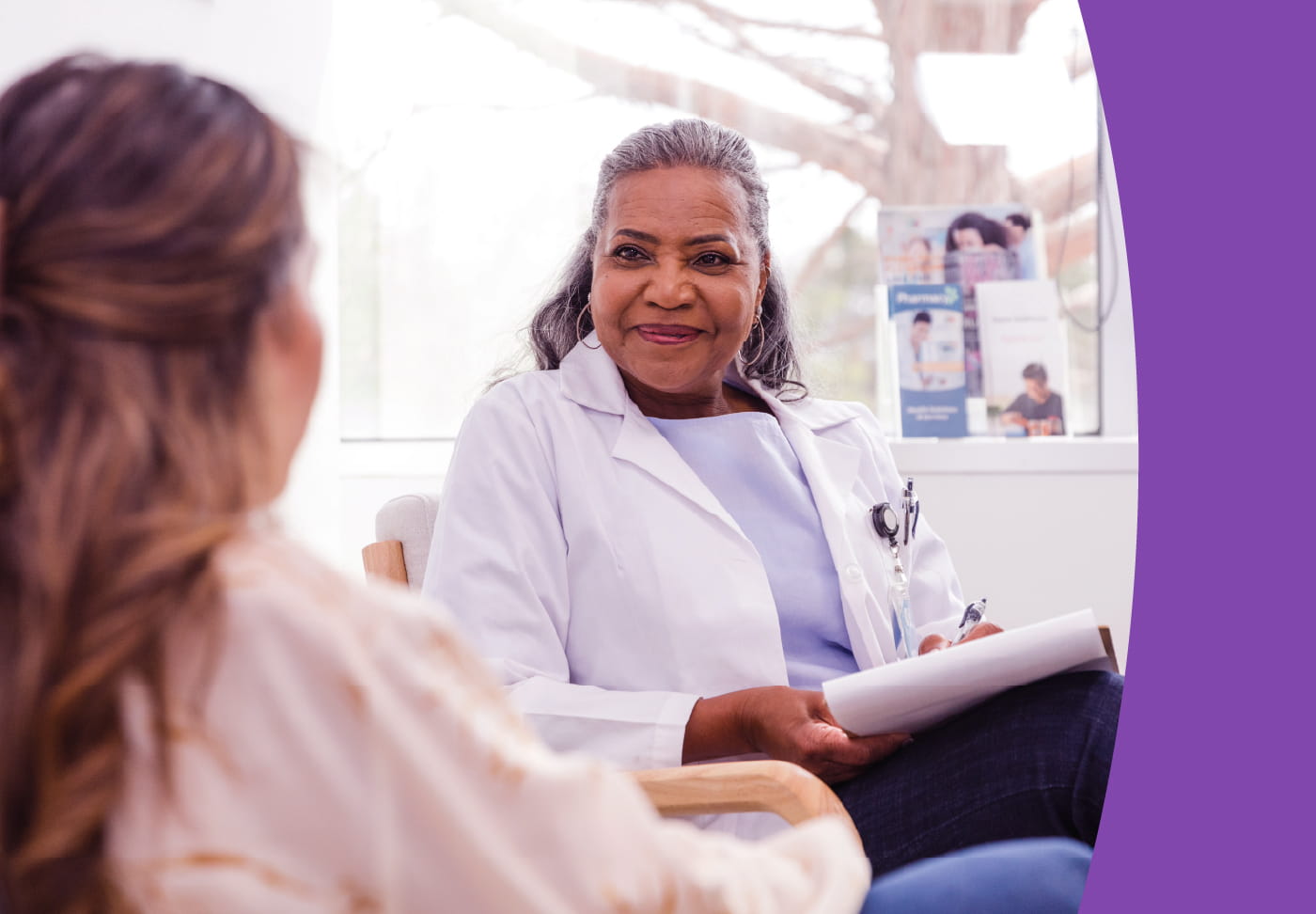Make Health Your Habit as a Family
Published on January 28, 2025
Last updated 02:11 PM January 28, 2025

Tags
Joanna Dolgoff Neety Patel Nikia GarlandPrimary Care KidCare
Related Articles

Highlights
Wellstar Opens New Locations in Kennesaw
To serve our community’s growing healthcare needs, Wellstar has opened new urgent care, primary care and pediatric locations in Douglasville and Villa Rica.
Urgent Care
If you’re dealing with a minor injury or illness or need care after your physician’s regular office hours, going to urgent care is often the right choice. Wellstar Urgent Care centers provide quick, convenient care for non-emergency medical conditions such as coughs, colds, sprains, broken bones and minor bites, burns and cuts. Visit our new location at:
Kennesaw
1550 Kennesaw Due West Road NW, Suite 150
(943) 202-8500
Primary Care
Primary care is ongoing, comprehensive care and preventative medicine that helps you live a full, healthy life. Services include wellness exams, vaccinations, treatment for acute illnesses like flu and management of chronic conditions such as diabetes. Wellstar Primary Care treats patients 10 and older. Visit our new location at:
Kennesaw
1550 Kennesaw Due West Road NW, Suite 100
(943) 202-8520

Highlights
Primary Care Opens Doors to Behavioral Health at Wellstar
Primary care clinicians connect adults to behavioral health specialists
Nearly 10 years ago, Wellstar was one of several health systems nationally that participated in a study of the effects of placing behavioral health clinicians in primary care. The need is significant. Mental illness and substance use disorders are prevalent throughout the U.S. According to the 2024 State of Mental Health in America report, 22.5% of adults in Georgia had a mental illness in the past year. The report also said that 17% had a substance use disorder. Primary care physicians at Wellstar routinely screen patients for depression, suicidal thoughts and alcohol or drug use. In other cases, they learn from conversations that patients may have:- Anxiety or panic disorders
- Sleep disturbances
- Stress related to work, family life or finances
- Grief or unresolved trauma
Introducing the behavioral health clinician
When behavioral concerns emerge, the primary care team introduces the on-site clinical social worker. This specialist conducts an in-depth assessment to determine the next best steps for the patient. This is typically a short-term series of sessions that may lead to referrals to psychiatrists, psychologists or Wellstar’s suicide prevention team. “One of the biggest strengths of this model is credibility,” Dr. Tharp said. “If a physician or nurse practitioner you trust says, ‘We have a counselor here I’d like you to meet,’ the patient is more likely to follow through.” This model has proven especially effective for patients who are less likely to seek mental health support, such as men, seniors and caregivers.Where primary and behavioral health cross paths
People with chronic conditions like diabetes, digestive disorders and kidney disease sometimes have or develop mental health conditions like depression and anxiety. As a result, patients may find it harder to:- Get the follow-up testing and care they need
- Follow nutrition and exercise instructions
- Take medications according to their doctor’s instructions
Pediatricians screen and refer children for behavioral health
Childhood and adolescence are critical periods in development. Mental health issues can affect a child’s ability to learn, grow and develop healthy relationships both now and as an adult. Pediatricians routinely screen children for behavioral health concerns. They ask questions about social, emotional and behavioral development. Screenings for autism risk begin in early childhood and depression screenings begin at age 12. At Wellstar KenMar Pediatrics in Marietta and Kennesaw, pediatricians turn to their in-house behavioral health partner, Dr. Kayla Fitch. Common reasons to refer include:- Behavior challenges
- Feeding disorders, such as extreme picky eating
- Mental health issues among children with chronic or acute illnesses
- Requests for attention deficit hyperactivity disorder (ADHD) evaluations
- Severe social or separation anxiety
Growing commitment to integrated care
Wellstar’s primary care model continues to evolve to meet the behavioral health needs of patients throughout their life. Time will bring even more collaboration and improved outcomes. “It serves everyone—patients, families and doctors—to create these seamless connections between primary and behavioral health practitioners,” Dr. Tharp said. “We see the benefits every single day in our patients’ health and their outlooks.” Learn more about behavioral health at Wellstar.
Highlights
Wellstar Opens New Locations in Douglasville & Villa Rica
To serve our community’s growing healthcare needs, Wellstar has opened new urgent care, primary care and pediatric locations in Douglasville and Villa Rica.
Wellstar Urgent Care
If you’re dealing with a minor injury or illness or need care after your physician’s regular office hours, going to urgent care is often the right choice. Wellstar Urgent Care centers provide quick, convenient care for non-emergency medical conditions such as coughs, colds, sprains, broken bones and minor bites, burns and cuts. Visit our new locations at:
Douglasville
2710 Fairburn Road, Suite 175
(943) 202-8640
Villa Rica
662 Carrollton Villa Rica Highway, Suite 100
(943) 202-8590
Wellstar Primary Care
Primary care is ongoing, comprehensive care and preventative medicine that helps you live a full, healthy life. Services include wellness exams, vaccinations, treatment for acute illnesses like flu and management of chronic conditions such as diabetes. Wellstar Primary Care often has same-day or next-day availability and is welcoming new patients. Visit our new locations at:
Douglasville
2710 Fairburn Road, Suite 150
(943) 202-8560
Villa Rica
662 Carrollton Villa Rica Highway, Suite 200
(943) 202-8560
Wellstar Pediatrics
From wellness checkups and immunizations to chronic and complex conditions, Wellstar Children's of Georgia focuses on the physical, mental and emotional well-being of every patient, helping families navigate care with confidence. Visit our new location at:
Douglasville
2710 Fairburn Road, Suite 100
(943) 202-8660

We use cookies for booking and general analytics. Learn more about or internet privacy policy.
